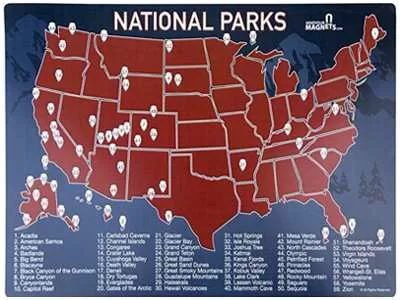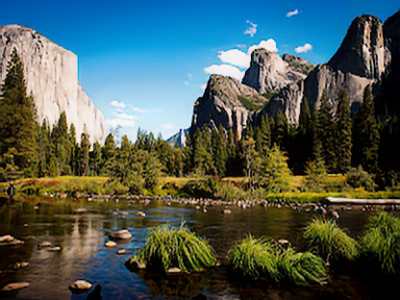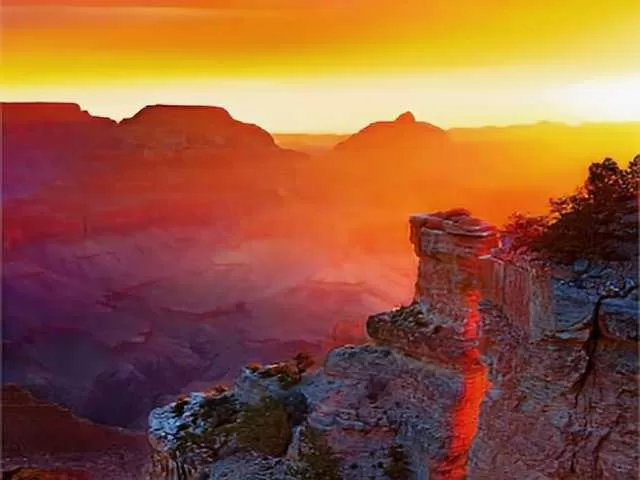Guardians of the Wilderness
February 26: In the History of American heritage, February 26 marks a pivotal thread—the establishment of Yellowstone National Park in 1872. This significant event not only marked the birth of the first national park in the United States but also heralded the inception of the global conservation movement.
Yellowstone, located primarily in Wyoming but extending into Montana and Idaho, set the stage for a remarkable era of preservation. Over the subsequent years, a constellation of national parks emerged, each showcasing the unique beauty and biodiversity of the American landscape.
Following Yellowstone’s lead, a wave of national parks unfurled in the West, sculpting an enduring legacy of environmental protection. Yosemite and Sequoia in California (1890), Mount Rainier in Washington (1899), Crater Lake in Oregon (1902), Mesa Verde in Colorado (1906), Glacier in Montana (1910), Rocky Mountain in Colorado (1915), Lassen Volcanic in California (1916), and Hawaii Volcanoes and Haleakala in Hawaii (1916) became sanctuaries for nature enthusiasts and havens for biodiversity.

Remarkably, during these formative 45 years of the national park movement, only one park emerged outside the Western frontier—Wind Cave in South Dakota (1917). Even in its exception, Wind Cave clings to the westernmost reaches of the Midwest, underscoring the dominance of the West in the narrative of national park creation.
Yet, the crown jewel of this conservation symphony awaited its moment. On this very date in 1919, President Woodrow Wilson signed an act of Congress establishing the Grand Canyon National Park, securing the protection of Arizona’s breathtaking marvel.
While the Grand Canyon had previously attained the status of a National Monument in 1908, its ascent to full National Park status in 1919 elevated its importance on the national stage. The Grand Canyon, with its awe-inspiring vistas and geological wonders, joined the pantheon of preserved natural wonders, enriching the cultural and ecological heritage of the United States.
To understand the fervor behind the establishment and preservation of these national treasures, one needs only to gaze into the depths of the Grand Canyon or wander through the geothermal wonders of Yellowstone. These protected areas serve not only as showcases of nature’s grandeur but also as crucial ecosystems supporting diverse flora and fauna.
National parks aren’t just about preserving the aesthetic appeal of the land; they play a vital role in maintaining ecological balance, protecting endangered species, and providing havens for scientific research. The parks also offer recreational opportunities, attracting millions of visitors annually and contributing significantly to local economies.

As we celebrate the rich tapestry of America’s national parks, it becomes evident that these protected areas are more than scenic landscapes—they embody a commitment to environmental stewardship, education, and the profound connection between humanity and nature.
Beyond the natural wonders, each national park harbors a story—a narrative of foresight, dedication, and the collective responsibility to ensure that the majesty of the American landscape endures for generations to come. The establishment of Yellowstone in 1872 was not just the birth of a park; it was the genesis of a movement that reverberates through time, leaving an indelible mark on the fabric of conservation history.
In a world where the importance of preserving our planet’s natural wonders is more crucial than ever, these national parks stand as beacons of hope and inspiration. As we reflect on their origins, we are reminded of the ongoing responsibility to safeguard the environment, ensuring that the legacy of national parks continues to weave its story across the vast and diverse canvas of America’s landscapes.

